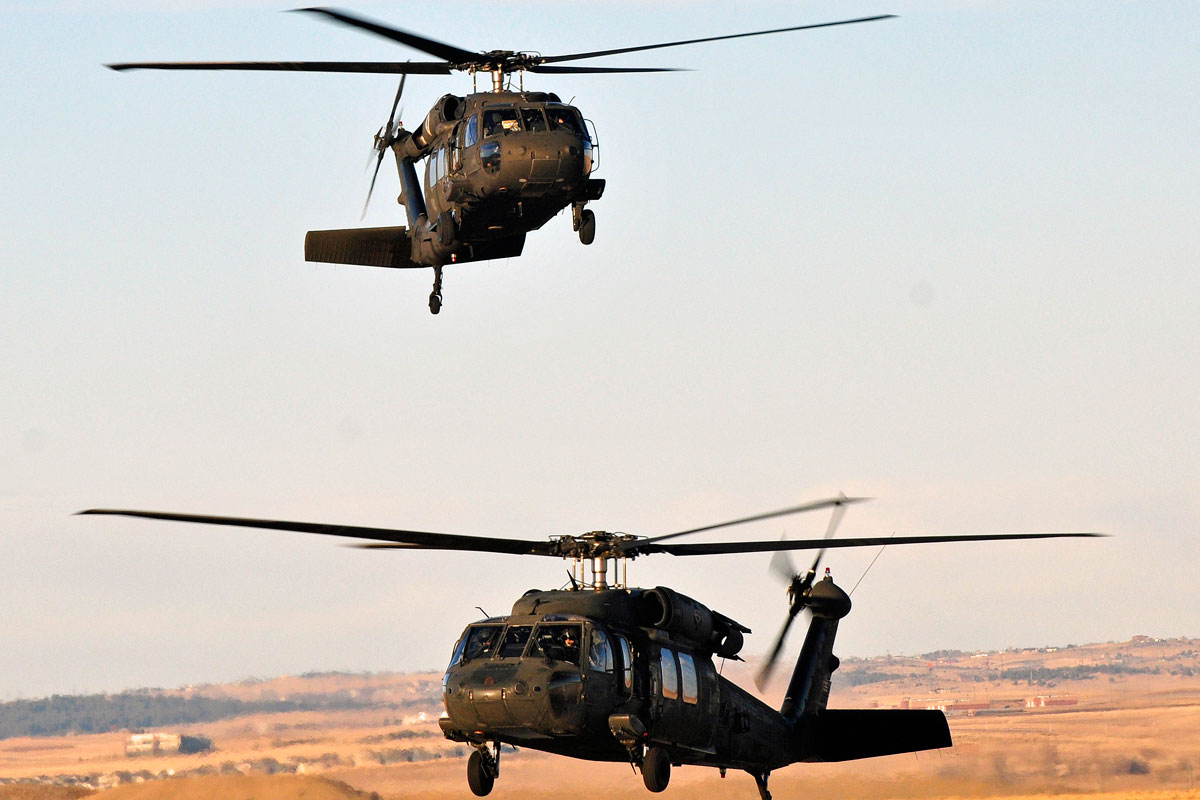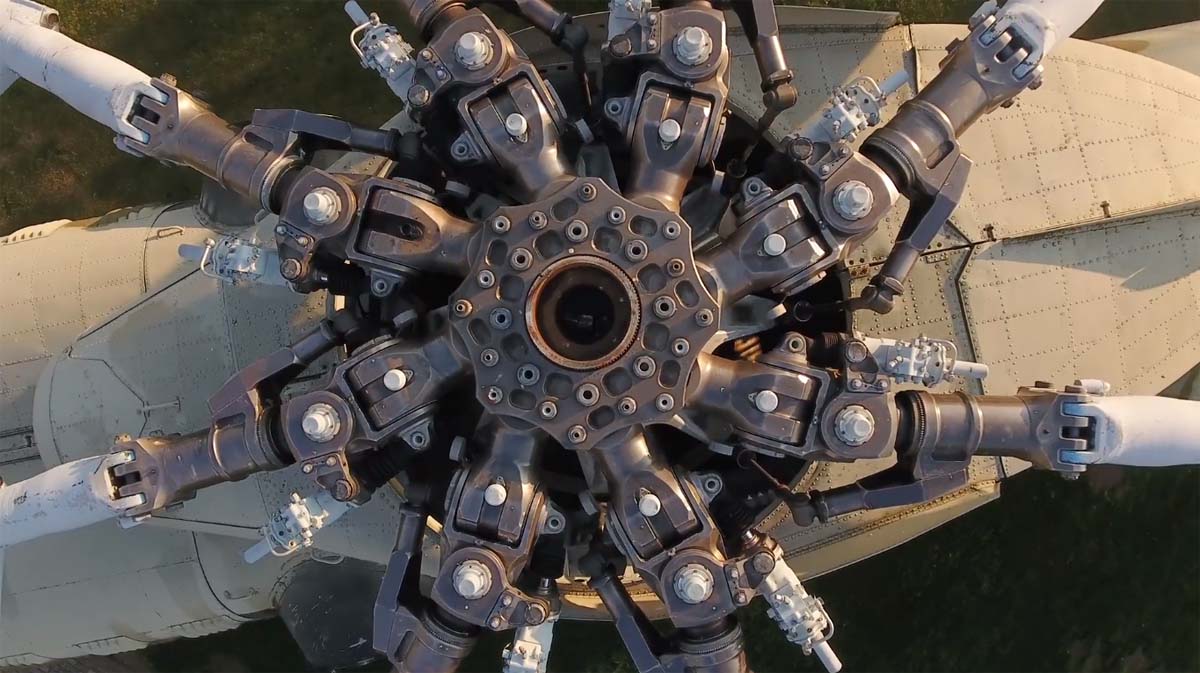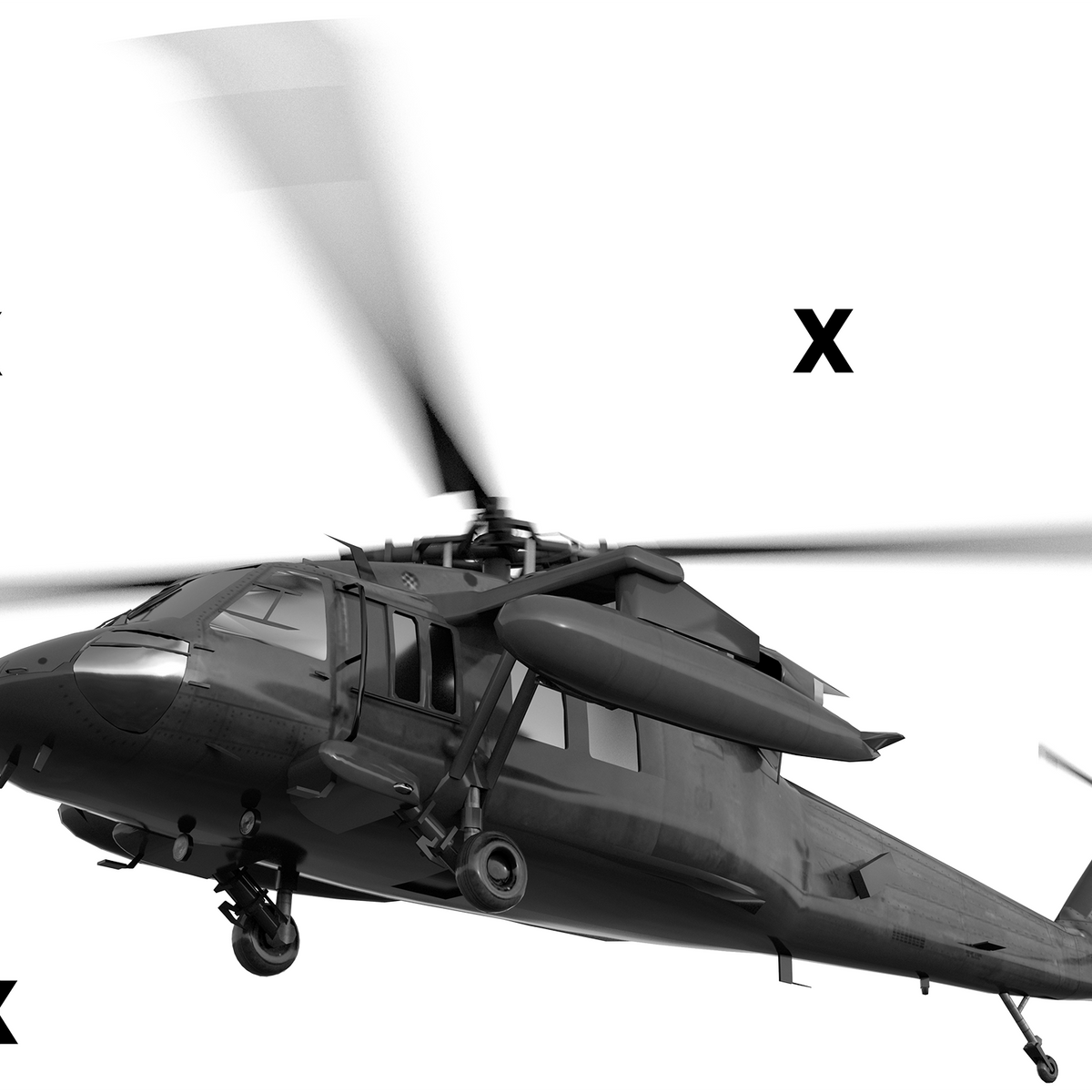UH60 Blackhawk Helicopter: The Core of Contemporary Military Helicopter Operations
A Comprehensive Overview to the Abilities and Background of the UH60 Blackhawk Helicopter
Since its inaugural flight in 1974, the Sikorsky UH-60 Blackhawk has actually evolved from a tactical transport helicopter right into a cornerstone of armed forces procedures worldwide. Its considerable use in varied duties-- from fight missions to altruistic alleviation-- underscores its adaptability and strength. As we check out the Blackhawk's journey and its profound influence on both warfare and aid objectives, one might question just how emerging technologies will certainly form its future payments to global defense strategies.
Development of the UH-60 Blackhawk: From Principle to Release

Officially introduced to the Army in 1979, the Blackhawk was a substantial advancement in rotorcraft technology, featuring twin engines for higher power and redundancy, a toughened fuselage, and advanced avionics. Its capability to bring 11 completely furnished troops or a 2600-pound payload highlighted its adaptability and improved operational abilities. Throughout the years, it has been constantly upgraded to integrate the most recent in army modern technology, guaranteeing its importance in modern-day military procedures.
Trick Goals and Duties of the UH-60 Blackhawk in Modern Disputes

Several vital objectives emphasize the UH-60 Blackhawk's important role in modern-day conflicts. The Blackhawk's capacity to quickly release soldiers into warm zones, commonly under heavy fire, exemplifies its relevance in tactical military involvements.
The helicopter also plays an essential role in humanitarian goals. look at this website Its capacity to run in rough environments makes it appropriate for supplying aid and carrying out calamity alleviation operations worldwide. Moreover, the Blackhawk's versatility prolongs to unique procedures, where its stealth and dexterity are critical. It supports hidden insertions and night-time raids, critical in counter-terrorism and hostage rescue situations, consequently enhancing its essential condition in contemporary armed forces approach.
Technical Enhancements and Future Leads of the Blackhawk Fleet

Looking ahead, the future of the Blackhawk fleet appears focused on enhancing versatility and survivability - uh60 blackhawk helicopter. Plans are underway to execute self-governing flight capabilities, potentially decreasing crew risks during high-threat goals. In addition, hybrid-electric modern technologies are being discovered to boost endurance and lower the helicopter's acoustic trademark. These innovations intend to maintain the UH-60 at the leading edge of rotary-wing tactical operations, ensuring its importance in modern warfare and humanitarian goals for many years ahead.

Final Thought
The UH-60 Blackhawk helicopter has continuously verified itself as a vital property in altruistic and armed forces arenas. From its inception in the 1970s to its pivotal roles in significant worldwide disputes, the Blackhawk has adapted via substantial technical improvements. As it accepts future upgrades, including possible independent innovations, the Blackhawk is poised to continue to be a crucial device in both protection and aid goals, mirroring its enduring her response importance in modern-day operations worldwide.
Since its inaugural trip in 1974, the Sikorsky UH-60 Blackhawk has evolved from a tactical transportation helicopter into a cornerstone of army operations worldwide.The UH-60 Blackhawk helicopter, created by Sikorsky Airplane, began as a visionary task in the early 1970s intended at meeting the United state Army's stringent needs for a tactical transport helicopter - uh60 blackhawk helicopter.Numerous essential missions emphasize the UH-60 Blackhawk's essential function in modern-day conflicts.The UH-60 Blackhawk helicopter has actually consistently verified itself as an important asset in army and humanitarian arenas. As it welcomes future upgrades, including possible self-governing technologies, the Blackhawk is positioned to remain a critical tool in both protection and aid missions, reflecting he said its long-lasting value in modern-day procedures worldwide